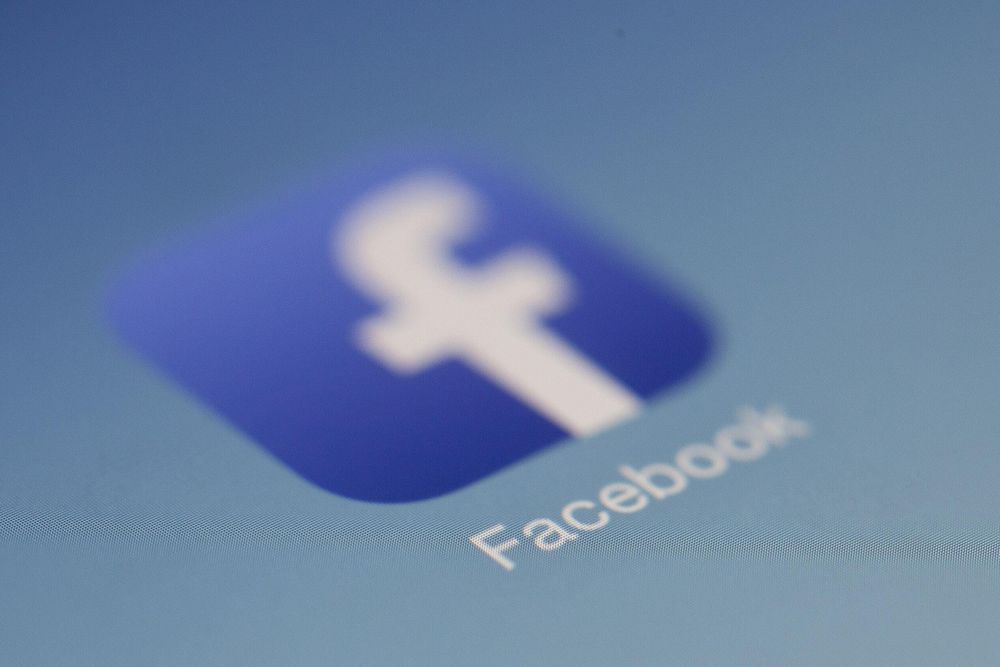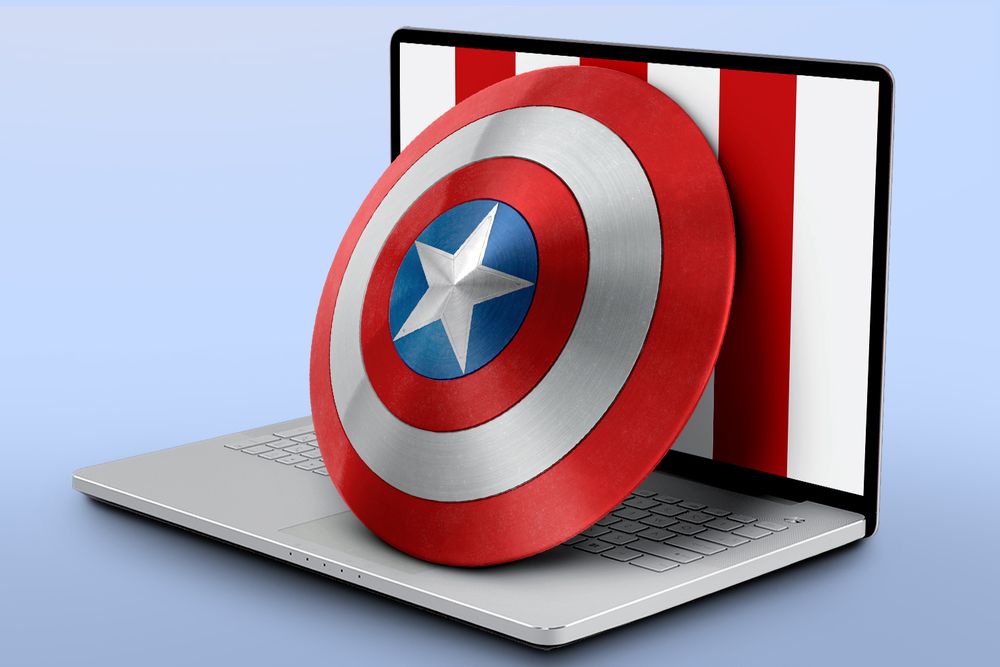|
Happy Friday. We made it. No, you didn’t imagine seeing that Halloween candy in the grocery store. Fall is coming, but let’s enjoy these last few summer weekends first  . .
In today’s edition:
- Kendra Scott’s CMO talks #BamaRush
- Facebook tries transparency
- Brands are over summer
— Phoebe Bain, Ryan Barwick, Zaid Shoorbajee
|
|
|
Kendra Scott
|
Go to any Southern college campus just before school starts, and you’ll see a parade of young women marching down Srat Row wearing Kendra Scott necklaces, Alex and Ani bracelets, and Lilly Pulitzer dresses. It’s safe to say sorority fashion hasn’t changed much over the past decade.
But this year, there’s a new brand vying for sorority women’s hearts: TikTok.
- At University of Alabama, incoming freshmen added the app to their list of must-haves for rush: They’ve been documenting the entire recruitment process on TikTok for everyone to see.
-
It’s good news for the above brands, as describing your “outfit of the day”—or #OOTD—quickly became popular on what’s been dubbed #BamaRushTok.
- Other colleges have started hopping on the trend, too.
Paying for friends: Kendra Scott’s TikTok account started creating its own #RushTok videos after seeing so much organic engagement from women mentioning the brand’s accessories in their #OOTD videos.
- The buzz is paying off. Kendra Scott CMO Mindy Perry told Marketing Brew its site saw a 17% increase in new users last week compared to the prior week. In Alabama specifically, new visitors were up 24%. Compared to the same week last year, first-time users were up 11%.
- Additionally, on Kendra Scott’s TikTok account, its three #BamaRush videos have received a combined 2+ million views and more than 200K likes.
Perry shared her secrets with Marketing Brew like only a sorority woman can, explaining how Kendra Scott’s marketing team approached the trend, the results it's seen, and its broader TikTok strategy.
Q&A
MB: Has Kendra Scott leaned into #BamaRushTok content anywhere other than TikTok?
Perry: While we engage with our customers on multiple social channels with content that is relevant to the audience, our engagement in the #BamaRush conversation has strategically remained primarily on TikTok, where it originated. We shared our content on Instagram Reels and found that the audience was not following along with the TikTok trend and it did not resonate. As a brand, we know the importance of channel-specific content, and this trend underscored the importance of that.
MB: What other schools do you foresee blowing up on TikTok in the same way?
Perry: We have already seen schools jumping on the #RushTok trend. The young women at Ole Miss are starting to generate buzz on TikTok, and the University of Texas’s rush began on Tuesday, so we can’t wait to see how other schools approach #RushTok.
Read the rest of our Q&A with Perry here.—PB
|
|
|
Pexels
|
As Facebook battles a reputation for enabling the spread of misinformation about the pandemic, it’s trying to give people a peek at what gets the most views on its platform. On Wednesday, it released its first quarterly "Widely Viewed Content Report," which contains four separate lists: most-viewed domains, links, pages, and posts in Q2 2021.
The one drawing the most buzz (and confusion) is the list of individual links. The Washington Post’s Will Oremus summed it up as a “junk-mail folder,” and that description is not far off. According to Facebook, its most-viewed link in Q2 was a Green Bay Packers alumni page. Others include an apparel brand called ReppnForChrist and a clickbait news site called Raccoon TV.
- Facebook claims only 12.9% of public News Feed content viewed in the US actually contained an outside link, as opposed to posts with just text, photos, or videos.
But why does Facebook’s list of top 20 links look like forwards from grandma? FB’s explanation is a bit of a humblebrag. The site is so huge that “even the most-viewed content is still a small portion of what people see,” the company shared in a blog post.
Facebook said its goal for the report was transparency. But reactions have been skeptical, for several reasons. For starters, these are Facebook’s own findings, which largely contrast with other analyses out there.
-
Facebook chose to rank links by views rather than engagement. It’s an important distinction. “Engagement, after all, might give us better understanding of emotional salience, intent to share, etc.,” wrote Charlie Warzel, who pens a newsletter about tech, media, and politics.
-
It’s a quarterly affair. “Being quarterly the report will summarize the key metrics over the course of 3 months. This is likely to cause more persistent content to rise to the top of the list rather than things that may spike at any given time,” tweeted Brian Boland, a former Facebook VP.
Claims of misinformation running rampant on Facebook are a deterrent to advertisers, and this report comes as Facebook trumpets its brand safety measures.
Bottom line: Commentators speculate that the report is largely a response to Facebook's Top 10, a Twitter account that ranks the top-performing link posts on Facebook, run by New York Times tech columnist Kevin Roose. It’s frequently dominated by conservative news, right-wing pundits, and misinformation sites. Notably, that account draws data from CrowdTangle, a Facebook-owned analytics tool.—ZS
|
|
|
|
Some folks out there invest big bucks in customer experience and gathering insights...right up to when customers hit "Purchase.” Then customers get dropped right after they’ve checked out.
If you’re focused more on acquisition than retention, you need parcelLab’s guide to data and personalization in DTC.
Loyalty is key for any brand; did you know it’s 25x less expensive to keep a customer than it is to bring in a new one? That’s why you’ve gotta focus not just on purchases, but on the experience after customers click “Buy”—shipping, delivery, and returns.
parcelLab's guide walks you through why data and personalization are so important—and provides best practices for harnessing your data and customer insights post-purchase.
If you want even more insight, you can drop in to parcelLab’s Nurturing Loyalty Day at OX Fest ’21 on September 29.
Learn more about data and personalization here.
|
|
|
Giphy
|
If you’re still basking in the glow of a good summer sunburn, you might have missed the fact that kids are returning to school and restaurants are starting to chuck fistfuls of cinnamon at their menus. It’s fall, baby.
Almost. Maybe not time for flannels, but certainly time for brands to shift gears away from their summer fare. Here’s what we’re seeing:
-
This week, Dunkin’ introduced its pumpkin-spiced menu earlier than ever before.
-
The fabled Pumpkin Spice Latte is expected to return to Starbucks menus on Tuesday, in line with previous rollouts.
-
Halloween candy is showing up earlier than ever, due to fears that trick or treating may be threatened because of Covid, reports CNN.
General Mills is celebrating the 50th anniversary of its Monster cereal collection, shoving Count Chocula, Boo Berry, Franken Berry, Frute Brute, and Yummy Mummy all into one box. The campaign includes a remake of Bobby “Boris” Pickett’s “Monster Mash,” and a behind-the-music mockumentary.
1+: One in four US adults say late August is the time when pumpkin spice products should return, according to a Morning Consult poll, up from 19% last year.
Bucking the trend: In a reversal that’ll surely anger the foliage gods (and men), Native Deodorant is killing off its pumpkin spice deodorant, taking out a full-page ad in The New York Times and calling for a “roast” of the scent, according to Adweek.
But if you can’t get enough pumpkin, this year you can drown your sorrows in Pumpkin Spice Cup Noodles.—RB
|
|
-
Facebook’s Federal Trade Commission suit is back, back again. The agency is doubling down on its monopoly accusations.
-
Amazon Prime Video bought exclusive rights to stream the Academy of Country Music Awards in 2022.
-
The New York Times’s branded content studio is releasing a series of stories about the Black experience in America.
-
1-800 Contacts is suing Warby Parker, claiming the competitor copied its website design and is using search engine trickery to misdirect customers.
-
Accenture Interactive has a new CEO. David Droga takes charge after Accenture acquired his agency, Droga5, in 2019.
|
|
|
|
The rumors are true. We broke up. More specifically, we ended our relationship with silos in the workplace. And just to make sure you know what went down in our relationship and why we ended things with silos, you can check out the breakup letter we wrote them.
|
|
|
Francis Scialabba
|
There are a lot of bad marketing tips out there. These aren't those.
Scheduling: Too many marketers have a completely full, colorful, overwhelming Google Cal, even working from home. So why not check out these 12 life hacks for getting that calendar under control?
Florida men: Click here to find out why the state became so obsessed with grocery store chain Publix.
TikTok: A step by step guide to joining its Creator Fund.
Cookie’s crumbling: Come 2022, you’ll need first-party data to power your ads. Sailthru sees you, and hears you, and has put together a guide to help you understand the true value of first-party data. Read it here.*
*This is sponsored advertising content
|
|
|
Catch up on a few Marketing Brew stories you might have missed.
|
|
AD TECH COMPANY OR FORGOTTEN MARVEL CHARACTER?
|
|
There are a lot of questionably named companies in the murky marketing universe. So here’s a game: Two of these are real ad tech companies. Three are obscure Marvel characters. Can you find them? Keep scrolling for answers.
- Hellcow
- Valassis
- Moondragon
- Oort
- Centro
|
|
AD TECH OR FORGOTTEN MARVEL CHARACTER ANSWERS
|
|
Oort, the Living Comet, was introduced to audiences in Avengers West Coast #61 in 1990. Moondragon, originally named Madam MacEvil, first appeared in Iron Man #54 in 1973. Hellcow debuted in 1975’s Giant-Size Man-Thing #5.
|
|
|











